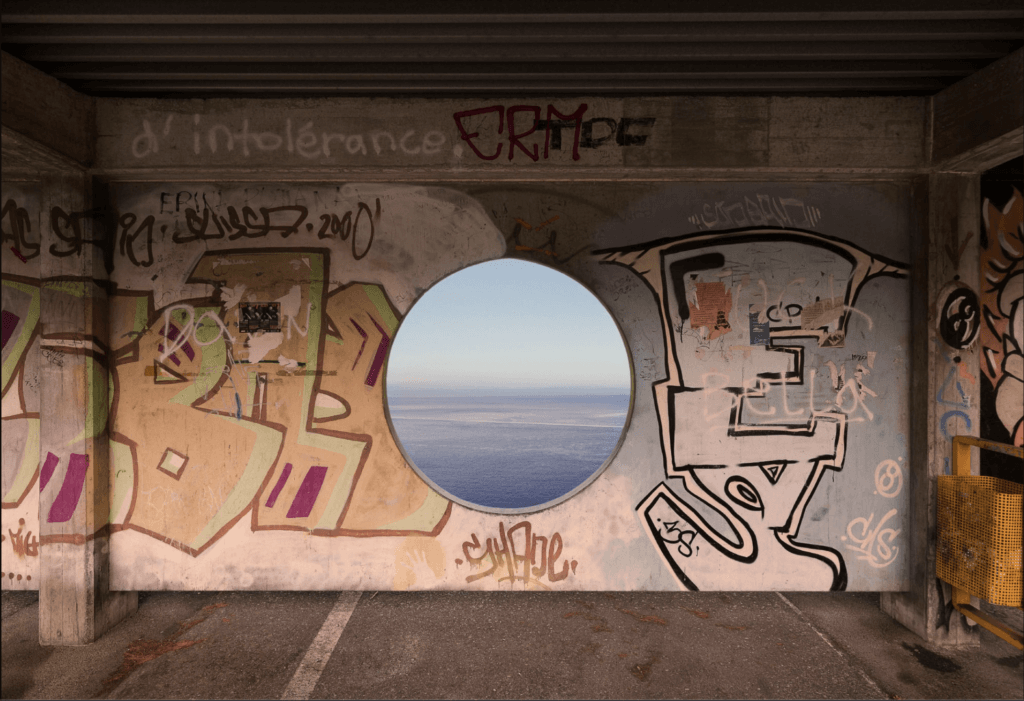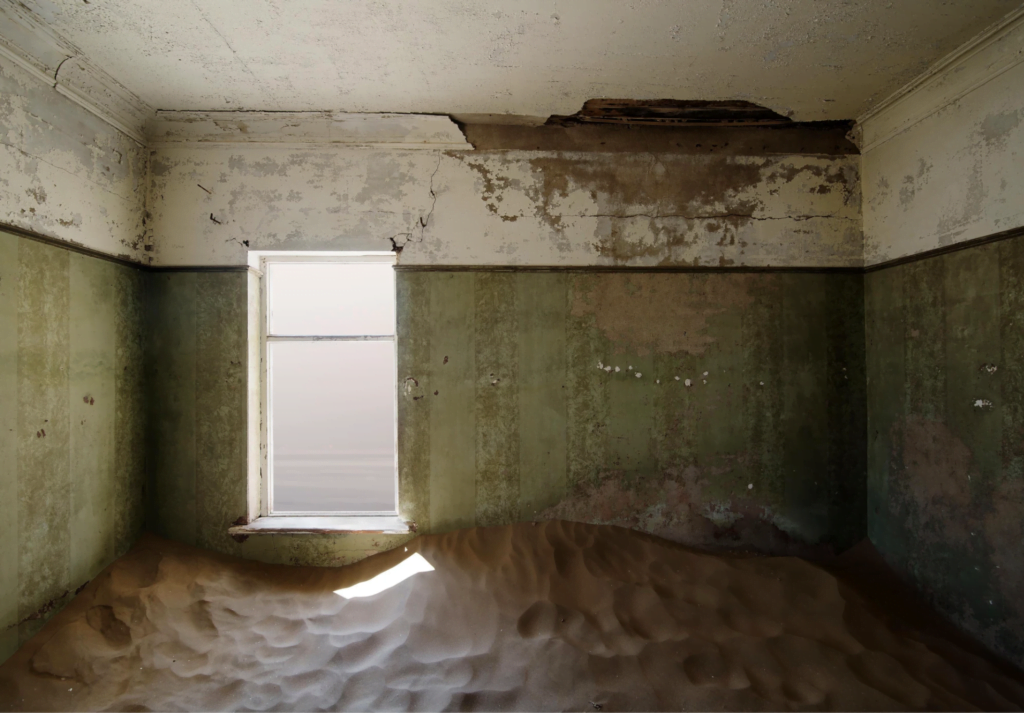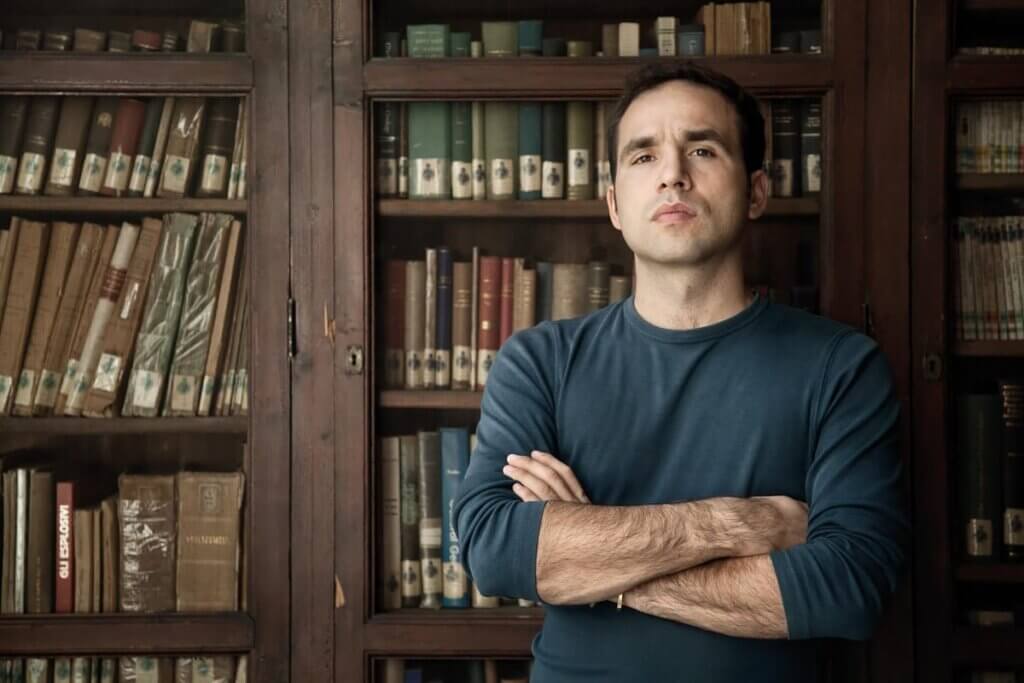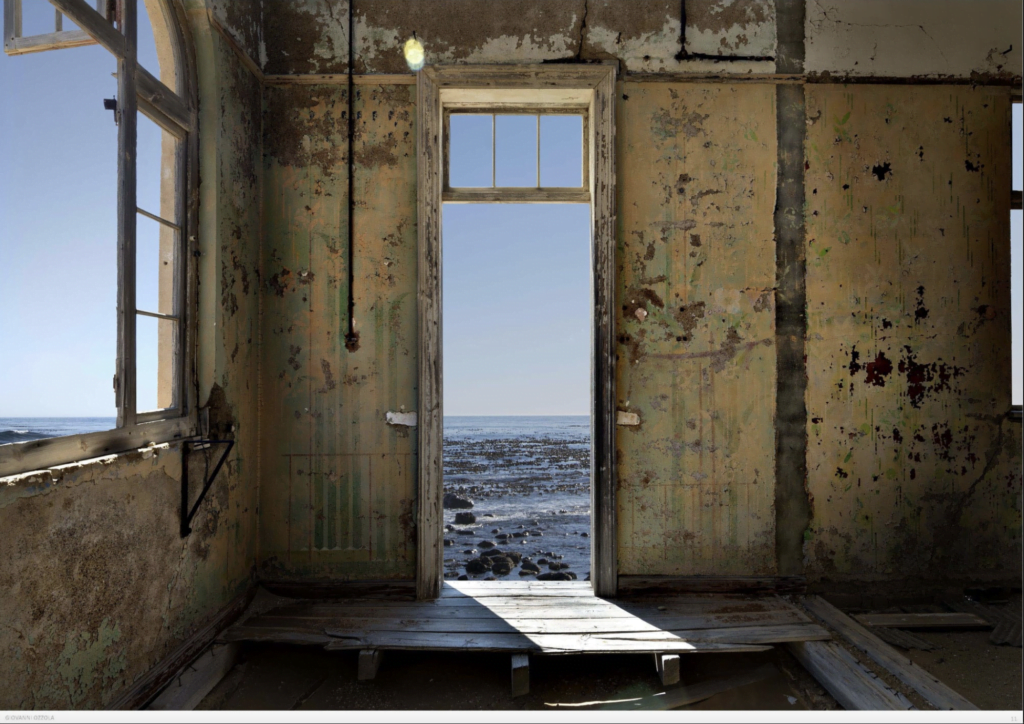Giovanni Ozzola is a multidisciplinary artist working primarily in photography. Yet, his artistic expression spans multiple mediums, including video and sculpture. His practice represents a deep consciousness towards the wonder of light and how it can communicate the physical properties of life and the most subtle levels of our genuine emotions.
Everything goes back to an image, even the words, every single word in an image all goes to the archetypal pantheon.
Giovanni Ozzola
Giovanni’s interests lie in conceptualising and representing infinitude and exploration, both geographical and introspective. We managed to catch up for a quickfire Q&A during his current exhibition, ‘Contando Estrellas’ at Gazelli Art House.
Q:What is the idea behind this exhibition, and how is it different to your previous shows in Gazelli Art House?
Giovanni Ozzola: ‘Contando Estrellas’ means counting stars. When you find yourself at night, looking at the sky and watching those lights shining in the darkness, there are different levels of perception.
At the same time, the stars are a powerful symbol, a tool used since the beginning of humanity, the memory of those before us. They are such a powerful symbol. The stars look the same from far away, but each one is unique, just like us.
So somehow, the whole show begins with this idea. I compare each artwork, which is an experience, to a star. We walk in my mythology. We enter my skull.

Inkjet print on cotton paper, dibond
50 x 70 cm
Q: What place does light occupy in your photography? It strikes as an important part of the images, is it in some way a reflection on the metaphysical side of things?
Giovanni Ozzola: Everything goes back to an image, even the words, every single word in an image all goes to the archetypal pantheon.
Photography is an amazing tool, writing with light—what a fantastic expression and experience. We are lucky to live in this time; the light took us away from darkness, and we can even freeze our experiences and sublimate them. Raise our experience to become more aware, especially now, it is clear, and everything underlines that a singular individual plays a crucial role in society.
Q: When you look at the archival images, do you remember exactly the moment they were taken? What do these memories mean to you now?
Giovanni Ozzola: I do remember, to me seems almost impossible to have such a clear memory about an experience that lives many years ago.
The image is a trigger, and it’s is so powerful.
Q: You also create videos; how do you approach this medium? Is it an extension of your photography practice in some way?
Giovanni Ozzola: I always had, since the beginning, the photography is the highest moment of one experience, while in the video, you can live the whole structure. There is a condition, there is an energy, everything starts to go in the same direction, the pathos is rising, and we reach the top of that energy, and suddenly everything ends—a full circle. There is no narrative, something happened in front of us, and we have been part of it, in harmony.
Q: I would like to ask about the signature bunker series: when did you first come up with this idea? What do these abandoned places symbolize for you?
Giovanni Ozzola: I don’t particularly like the graffiti; for me, all those signs and scratches are a kind of noise. The bunker is the Skull; we enter our own Skull. Thanks to the windows, I can escape and get lost “into the greater-light” and no more alone. The Skull opens up on the horizon; the graffiti and the signs on the walls are our experiences, our scars. We are safe but at the Same time oppressed.
The bunker and our scars are needed to be safe as we need the light and the horizon (symbol) to breathe, dream and live.

Inkjet print on cotton paper, dibond
150 x 216 cm Frame: 153 x 219 cm
Q: Which artists inspired you early?
Giovanni Ozzola: I have no idols, no masters, but I do love many artists’ work. And I admire the hard work and perseverance.
Q: You work across a variety of media. Do you have a preferred material and if so, why?
Giovanni Ozzola: I love achieving whatever I have envisioned; I have no preference for a particular media. I’m intrigued by any Technique any knowledge. Maybe that’s the root that keeps me connected with my home country.
Q: Your works are very poetic and focus a lot on perception, do you believe the viewer needs to be guided towards this to fully understand the piece?
Giovanni Ozzola: No, I don’t think each must comprehend the work with their tools. I had a solo show in Shanghai at the Fosun foundation not so long ago. The title was, “If I have to explain, you wouldn’t understand”.
I think it gives a full answer 🙂
Q: Are you working on any new series at the moment?
Giovanni Ozzola: I never work on series, never had projects, it’s more a flow or a path in front of me, and I have many all the time. Sometimes there is one that is stronger, and it brings me away from the others, but it’s all temporary.
Q: Which piece was the most challenging for you to make emotionally or physically?
Giovanni Ozzola: Addio, which is a reflection of what life is; being aware that we are part of a circle, it’s an emotion that becomes physically intense.
https://www.instagram.com/giovanniozzola/
©2021 Giovanni Ozzola






